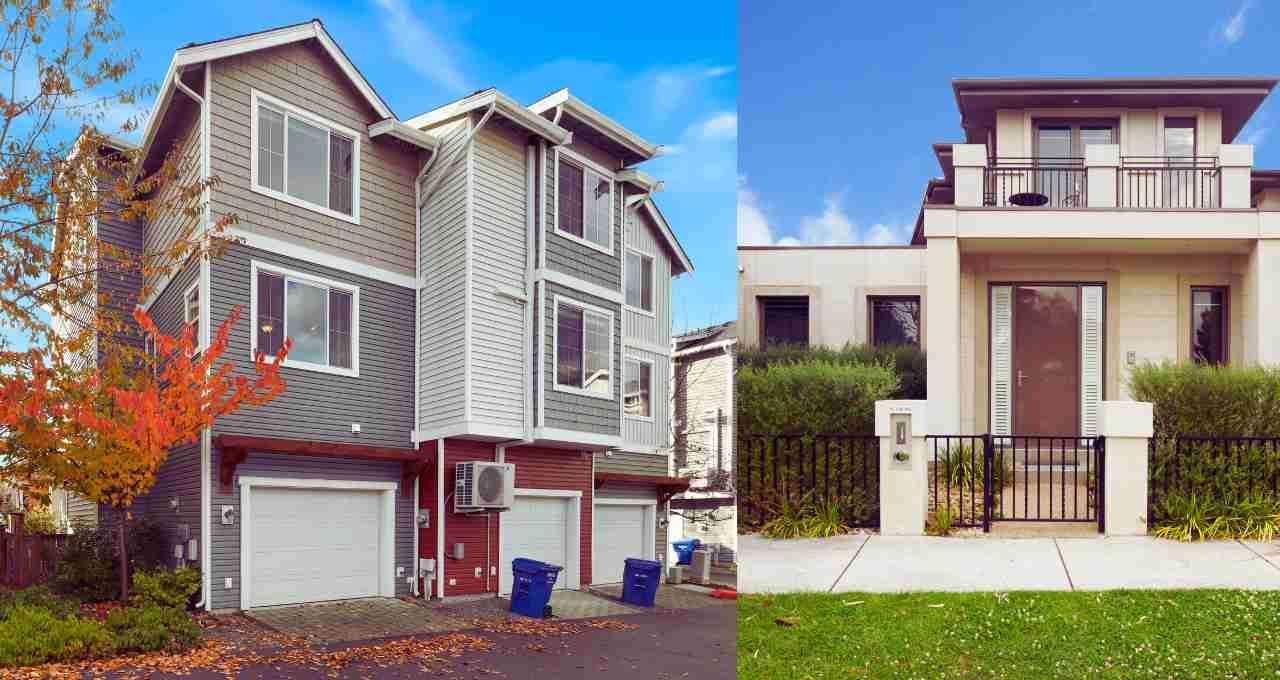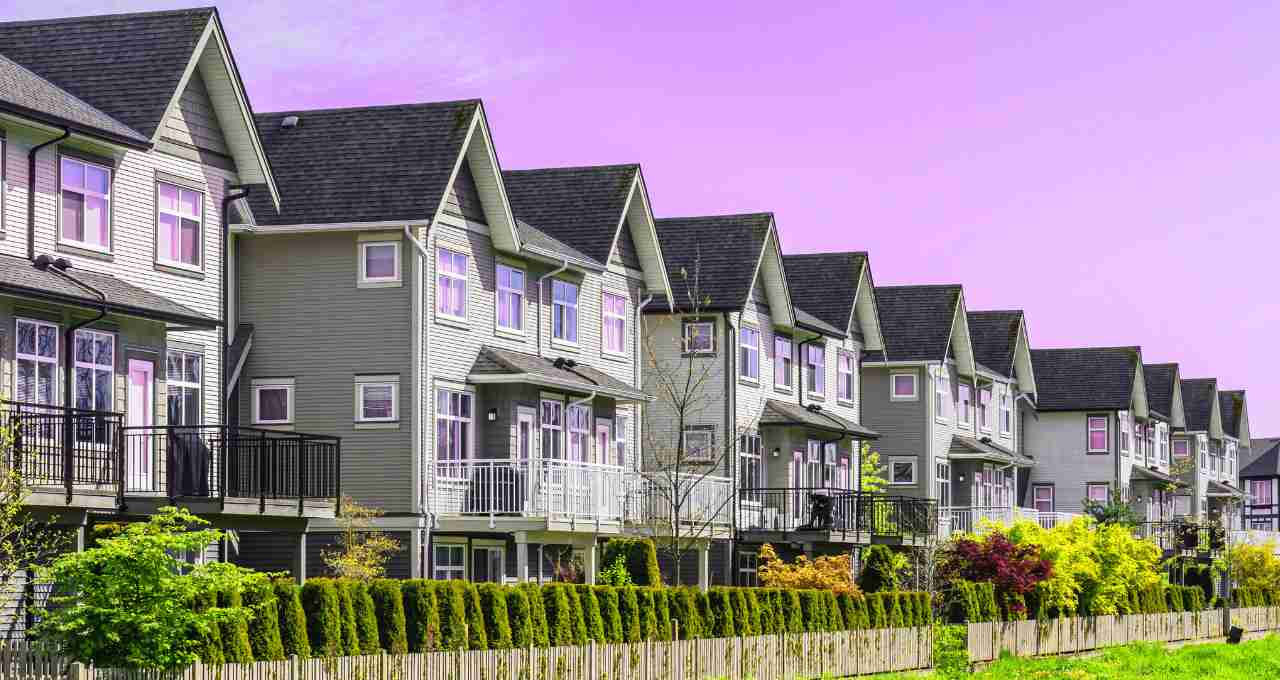Housing Sale: Although a notable decline was recorded in year-on-year housing sales in the second quarter of 2025, there was an improvement compared to the first quarter.
The figures for the residential market in the country in the second quarter of this year have been surprising. After two consecutive years of record-breaking sales, a clear decline in housing demand has now been recorded in this quarter. According to a report released by ANAROCK, a leading real estate consulting firm, a total of 96,285 houses were sold in the top 7 cities of the country, which is about 20 percent less than the 1,20,335 houses sold in the same quarter last year.
Anuj Puri, Chairman of ANAROCK Group, said that there was an atmosphere of uncertainty in the market during the second quarter. Especially global military activities and economic tensions have made buyers cautious. Most people are currently in a wait-and-watch situation, which has directly impacted sales.
Mumbai recorded the highest sales, but the highest decline as well
In the second quarter of 2025, the maximum houses were sold in the Mumbai Metropolitan Region (MMR), where a total of 31,275 units were sold. However, this figure is 25 percent less than the same period last year. This area is considered the country's largest real estate market, but this time there has been a sharp decline in sales here as well.
Pune saw a 27 percent decline with 15,410 houses sold, while Hyderabad also saw a similar decline in sales, with 11,040 units sold. In Bengaluru, 15,120 houses were sold, a decline of 8 percent. The figure in Kolkata was 3,525, which reflects a decrease of 12 percent.
In NCR i.e. National Capital Region, 14,255 houses were sold, which is 14 percent less than last year. Chennai was the only city in this list where a positive trend was seen. Here, 5,660 houses were sold, with an increase of 11 percent.
Improvement began to appear in the figures

Although a significant decline in year-on-year sales has been observed, the market has improved slightly compared to the previous quarter. A total of 93,280 houses were sold in the first quarter of 2025. In comparison, this figure rose to 96,285 in the second quarter. That is, a quarterly growth of about 3 percent was recorded.
A major reason for this improvement is believed to be the 14 percent quarterly sales growth in NCR and the decline in MMR being limited to only one percent.
Sales weak but prices consistently up
Despite the decline in sales, there was no stagnation in housing prices. According to the report, the average price of houses in the top 7 cities of the country increased by 11 percent annually in the second quarter. The highest increase in prices was recorded in NCR, where houses became 27 percent more expensive.
Bengaluru was in second place, where a price increase of 12 percent was recorded. In other cities also, there was an increase in housing prices on a quarterly basis. This jump in prices was seen due to rising developer costs, limited new supply, and continuous demand.
There was also a decrease in the launching of new projects

Along with the sale of houses, there was a decline in the launching of new projects this time. In the second quarter of 2025, a total of 98,625 new houses were launched, while 1,17,165 houses were launched during the same period last year. This is an annual decline of 16 percent.
An increase in new launches was recorded in NCR, Chennai, and Kolkata, while the number of new projects decreased in MMR, Hyderabad, Bengaluru, and Pune.
Demand for the luxury segment is the highest
The dominance of the luxury and ultra-luxury segments is clearly visible in the new launches. Of the houses launched by developers, 46 percent of the units were priced at over ₹1.5 crore. After this, the mid-segment i.e. houses of ₹40 to 80 lakh and the premium segment i.e. houses of ₹80 lakh to ₹1.5 crore had a share of 21-21 percent.
The figure for the launch of affordable houses was only 12 percent, which indicates that the demand for this category is now becoming limited in the market or developers are now focusing more on the high-income class.
Signs of stability in the real estate sector
Although the year-on-year figures have been weak, there have been several indications in the second quarter that point towards stability in the real estate sector. The slight increase in sales on a quarterly basis and the firming up of prices have maintained consumer confidence in the market.
It is expected that if interest rates ease and global tensions subside in the coming quarters, housing sales may further accelerate. For now, the real estate industry is keeping a close watch on market activities.















